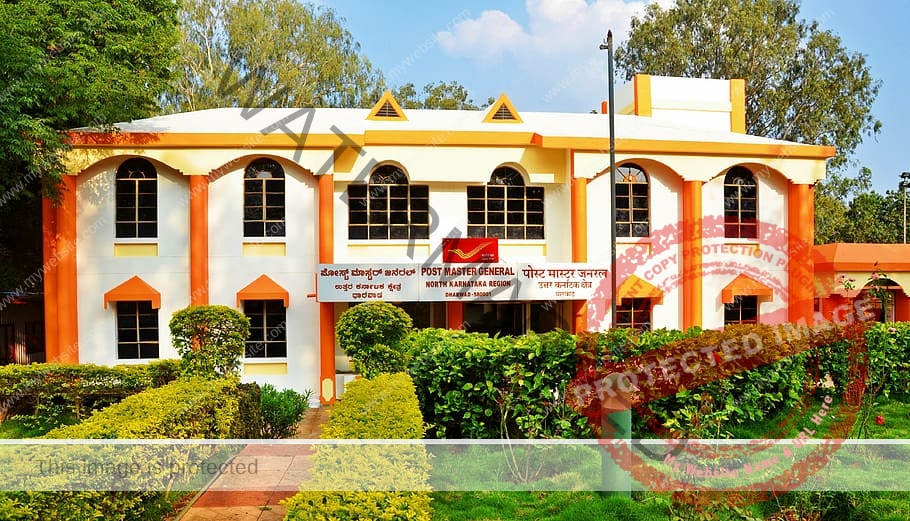The Significance of PIN Codes: The introduction of PIN codes in India in 1972 revolutionized the postal system. Before the implementation of PIN codes, addressing and delivering mail accurately was a challenging task, especially in a nation with a vast population and extensive geographical diversity. PIN codes serve several vital purposes:
1. Geographical Precision: PIN codes help pinpoint the exact location of the destination. They provide a level of accuracy that was previously unattainable, considering the numerous towns, cities, and remote villages scattered throughout India.
2. Efficient Sorting: With millions of letters and packages moving through the postal network daily, efficient sorting is paramount. The assignment of PIN codes simplifies this process, reducing the likelihood of errors and ensuring faster deliveries.
3. Quick Identification: Postal workers can quickly identify the destination of a piece of mail based on its PIN code, streamlining the delivery process and minimizing delays.
4. Simplified Database Management: Government agencies and postal authorities maintain extensive databases that include information about areas, localities, and PIN codes. This information is invaluable for various administrative and logistical purposes.
The History of PIN Codes:
The concept of postal codes is not unique to India. It was originally developed in London in the 19th century as a means of simplifying mail delivery. Various countries adopted similar systems over time, each with its unique format and nomenclature. In India, the idea of introducing PIN codes emerged in the 1960s as a response to the increasing complexity of the postal system. The Indian postal system, dating back to ancient times, had grown immensely. It was clear that a more structured approach was needed. After a pilot project in Delhi, the Postal Index Number (PIN) code system was officially launched on August 15, 1972. It was designed to simplify and modernize mail sorting and delivery, a monumental task given India’s vast size and diverse population.
The Structure of PIN Codes:
Understanding the structure of PIN codes is essential to grasp how they work. A standard PIN code in India consists of six digits. These digits can be divided into three parts:
1. Zone: The first digit represents the zone or region of the destination. India is divided into nine PIN code zones. This digit helps in sorting mail at a broader level, directing it towards the correct region.
2. Sub-zone: The next two digits provide further granularity, indicating the sub-zone within the larger zone. This narrows down the destination to a more specific area within the region.
3. Sector: The final three digits are the sector code. These digits pinpoint the precise location within the sub-zone, making it possible to identify a particular locality, town, or office. Let’s take an example: Consider the PIN code “110001.” Here, “1” represents the Northern Zone, “10” designates the Central Delhi sub-zone, and “001” narrows it down to a specific sector or locality within Central Delhi.
How PIN Codes Function within the Postal System:
Now that we understand the structure and significance of PIN codes, let’s delve into how they function within the postal system:
1. Mail Collection: When you send a letter or package, it is initially collected from your local post office. At this point, the PIN code of the destination is crucial for sorting.

